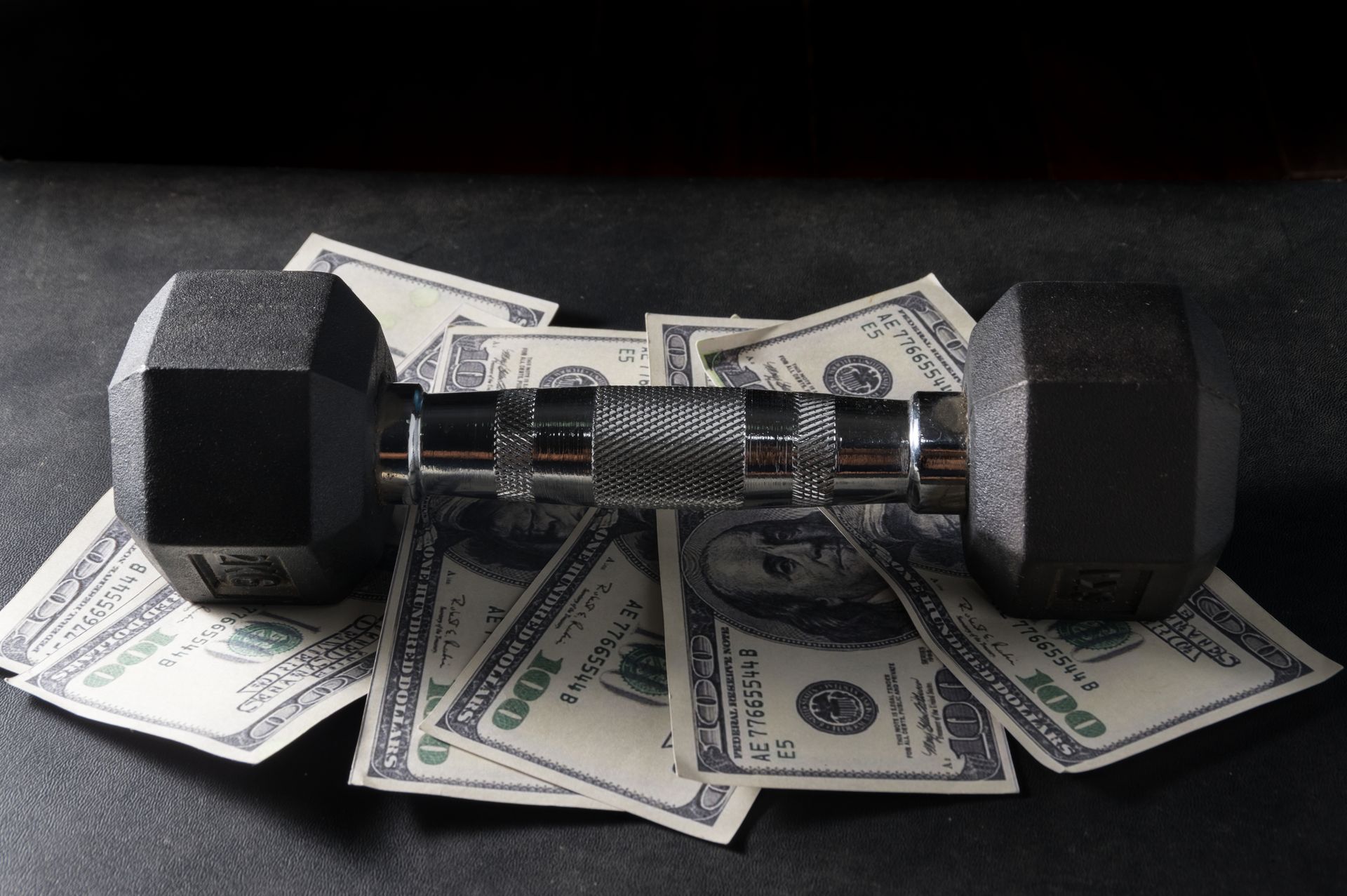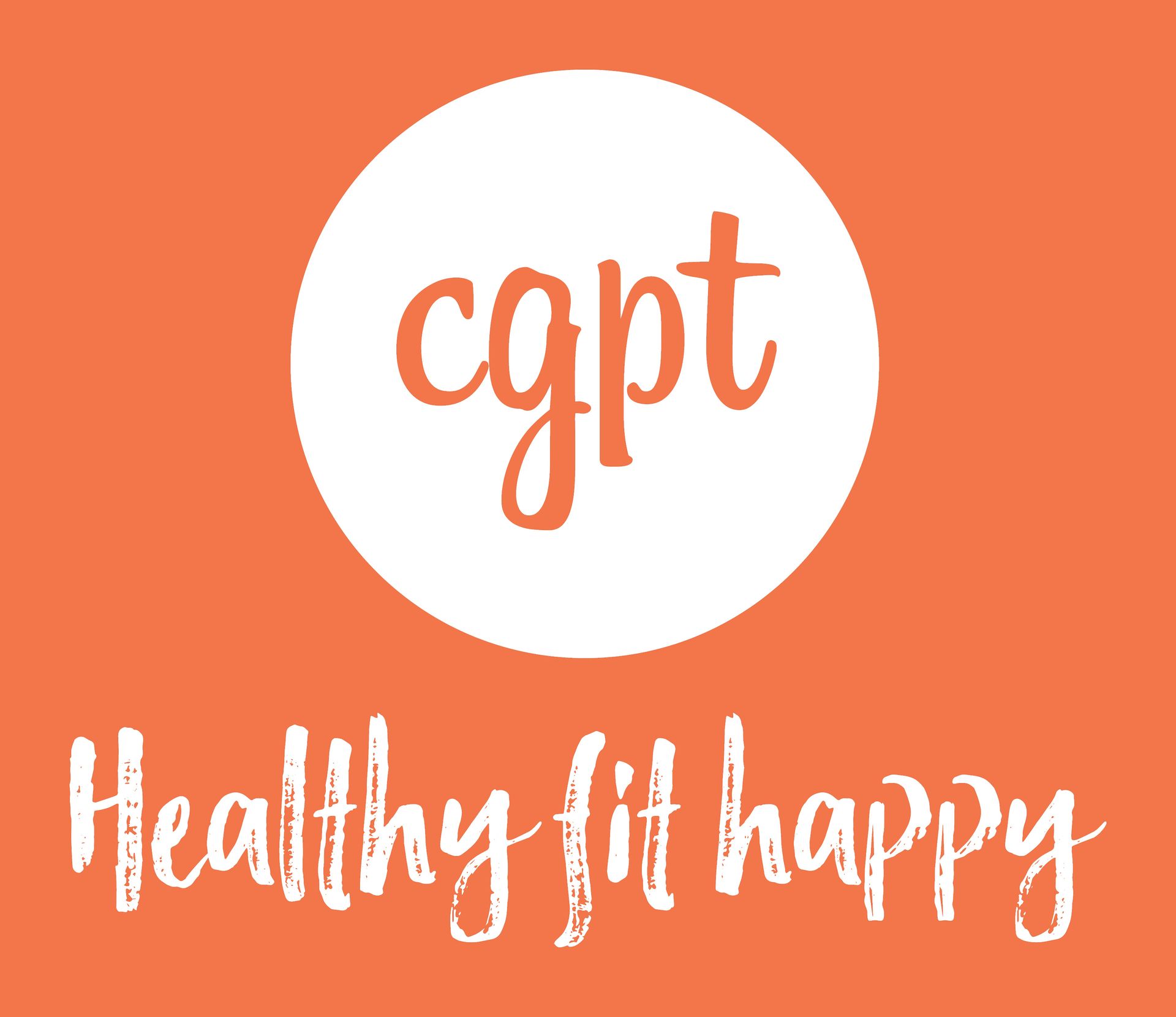Beyond the Aesthetic: Why Strength Training is the Best Investment in Your Long-Term Health
Beyond the Aesthetic: Why Strength Training is the Best Investment in Your Long-Term Health
When most people think of lifting weights, they picture toned arms, defined abs, and lean legs. While these aesthetic results are often celebrated on social media, the real power of strength training goes far deeper.
If you’re in your 30s, 40s or 50s and wondering how to protect your health into the decades ahead, there is arguably no better investment than building muscle and strength. It’s not just about looking good - it’s about living well.
At CGPT in Hawthorn, we’ve seen firsthand how prioritising strength training can change lives by improving energy, resilience, mental clarity and even protecting against chronic disease. Let’s explore why hitting the gym for your health - not just weight loss - is one of the smartest decisions you can make.
The Underestimated Power of Muscle
Muscle: Your Metabolic Powerhouse
Muscle is one of the most metabolically active tissues in the body. Unlike fat, muscle burns energy even at rest. According to a review published in Frontiers in Physiology, maintaining or increasing muscle mass helps regulate glucose levels, improves insulin sensitivity, and lowers the risk of developing type 2 diabetes - critical concerns for adults over 301.
Strength training also plays a key role in managing body composition long term. As we age, we naturally lose muscle mass (a process called sarcopenia) starting as early as our 30s. Research in the Journal of Cachexia, Sarcopenia and Muscle estimates adults lose 3-8% of muscle mass per decade after age 30, accelerating after 602. Without proactive strength training, this loss means less mobility, slower metabolism, and higher fat accumulation.
Strong Muscles, Strong Bones
Many people think of osteoporosis as an inevitable part of ageing, but lifting weights can dramatically reduce that risk. A landmark meta-analysis published in Osteoporosis International found that resistance training significantly increases bone mineral density, particularly in the spine and hips - the most common sites for fractures in later life3.
This matters enormously for long-term independence. Falls remain one of the leading causes of hospitalisation in older adults. Keeping bones dense and muscles strong is one of the most effective ways to stay mobile and reduce fracture risk.
Longevity and Protection Against Chronic Disease
Cardiovascular Benefits You Might Not Expect
While cardio has long been the poster child for heart health, strength training is equally crucial. A large cohort study in the Medicine & Science in Sports & Exercise Journal found that adults who performed regular resistance training had a 40-70% lower risk of cardiovascular disease events compared to those who did none, even after adjusting for aerobic activity4.
This is because lifting weights improves blood pressure, enhances vascular function and lowers inflammatory markers - key drivers of heart attacks and strokes.
Lower Cancer Risk and Better Outcomes
Muscle mass has even been linked to cancer survival. A systematic review in the Journal of Clinical Oncology reported that cancer patients with higher levels of muscle mass lived longer and experienced fewer treatment complications than those with low muscle mass5. Maintaining strength isn’t just cosmetic - it can be life-saving.
Mobility, Balance and Injury Prevention
Moving Well Now and Later
Most people only start worrying about falls and frailty in their 70s. The truth? The groundwork for injury resilience needs to be laid decades earlier. Strength training enhances neuromuscular coordination, joint stability, and balance - all critical for preventing injuries in everyday life.
In fact, a study published in Sports Medicine concluded that resistance exercise substantially reduces the risk of musculoskeletal injuries by improving proprioception and movement patterns6.
At CGPT, our trainers - from Laurence’s technical expertise in movement patterns to Adam’s focus on foundational lifting - integrate these principles into every session. It’s not about lifting the heaviest weights; it’s about moving with quality and building a resilient body that performs inside and outside the gym.
Your Brain on Strength Training
Cognitive Clarity and Mental Health
Emerging research suggests strength training might be as essential for your mind as it is for your muscles. A 2020 review in Psychiatry Research found that resistance training significantly reduces symptoms of depression and anxiety, likely due to neurochemical changes such as increased endorphin release and improved brain-derived neurotrophic factor (BDNF) levels, which support brain plasticity7.
For clients managing demanding careers, families or chronic stress, lifting weights isn’t just stress relief - it’s neurological support. Better mental health means sharper focus at work, more patience at home, and a greater buffer against life’s inevitable challenges.
Protecting the Ageing Brain
Strength training may even help stave off cognitive decline. An Australian study published in NeuroImage: Clinical tracked older adults who engaged in progressive resistance training for 18 months. The participants showed reduced shrinkage in brain areas related to memory and executive function compared to controls, suggesting lifting weights could delay the onset of dementia8.
Why CGPT Does It Differently
More Than Just a Gym Session
At CGPT, we take these science-backed benefits seriously. Our personal trainers design programs that are far more than “just workouts.” From Andrea’s balanced, holistic style, to James’ approachable programming and Mia’s hybrid strength and athletic sessions, every plan is built to:
· Prioritise safe, progressive overload (to stimulate muscle and bone adaptation)
· Incorporate functional movements that transfer to daily life
· Adapt to your unique health history, goals and constraints
· Keep training enjoyable and sustainable so you can stick with it for years, not weeks
Whether you’re managing back pain, want to future-proof your body, or simply feel overwhelmed by what “getting fit” is supposed to look like, our team will guide you with expertise and empathy.
A Place for Health, Not Just Aesthetics
We’re not interested in quick fixes, punishing diets or short-term challenges. The reality is, long-term health requires consistent, well-structured strength work - not chasing six-packs in eight weeks.
And while many gyms focus on transformations you can post online, we’re more concerned with the milestones you feel: sleeping better, lifting your kids without pain, running up stairs without getting winded, and knowing your body is strong enough to handle whatever comes next.
Start Building Your Healthiest Future Today
It’s easy to postpone training until a doctor insists on it, or until a scare - like a minor injury or troubling blood test - jolts you into action. But the best time to start protecting your future is now.
Even two or three carefully programmed sessions a week can radically change your trajectory. As a comprehensive review in The American Journal of Medicine put it: “Muscle mass should be regarded as a vital sign of health”9.
At CGPT, we’re here to help you make strength training a cornerstone of your health, with none of the intimidation and all of the personalisation.
Ready to Invest in Your Long-Term Health?
If you want more than aesthetic results - if you want a body that will carry you powerfully through the next decades of your life - strength training is your foundation. And there’s no better place to build it than with the expert team at CGPT.
Start today with a supportive, tailored program in a private gym environment that prioritises your health first.
Email Andrea at andrea@chrisgympt.com to learn how we can help you move, live and feel your best.
References
1. Wolfe RR. The underappreciated role of muscle in health and disease. American Journal of Clinical Nutrition. 2006;84(3):475-482.
2. Cruz-Jentoft AJ, et al. Sarcopenia: revised European consensus on definition and diagnosis. Age Ageing. 2019;48(1):16-31.
3. Zhao R, et al. The effects of resistance exercise on bone mineral density in older adults: a meta-analysis. Osteoporosis International. 2015;26(5):1605-1618.
4. Lee DC, et al. Resistance exercise and cardiovascular disease. Medicine & Science in Sports & Exercise. 2012;44(4):397-403.
5. Caan BJ, et al. Association of muscle mass with overall survival among patients with nonmetastatic colorectal cancer. Journal of Clinical Oncology. 2017;35(14):1630-1637.
6. Lauersen JB, et al. The effectiveness of exercise interventions to prevent sports injuries. Sports Medicine. 2014;44(4):473-486.
7. Gordon BR, et al. Resistance exercise training for anxiety and depression. Psychiatry Research. 2020;291:113240.
8. Suo C, et al. Supervised resistance training delays brain atrophy in mild cognitive impairment. NeuroImage: Clinical. 2016;12:478-484.
9. Wolfe RR. Muscle mass as a vital sign in health and disease. The American Journal of Medicine. 2014;127(9):825-826.




